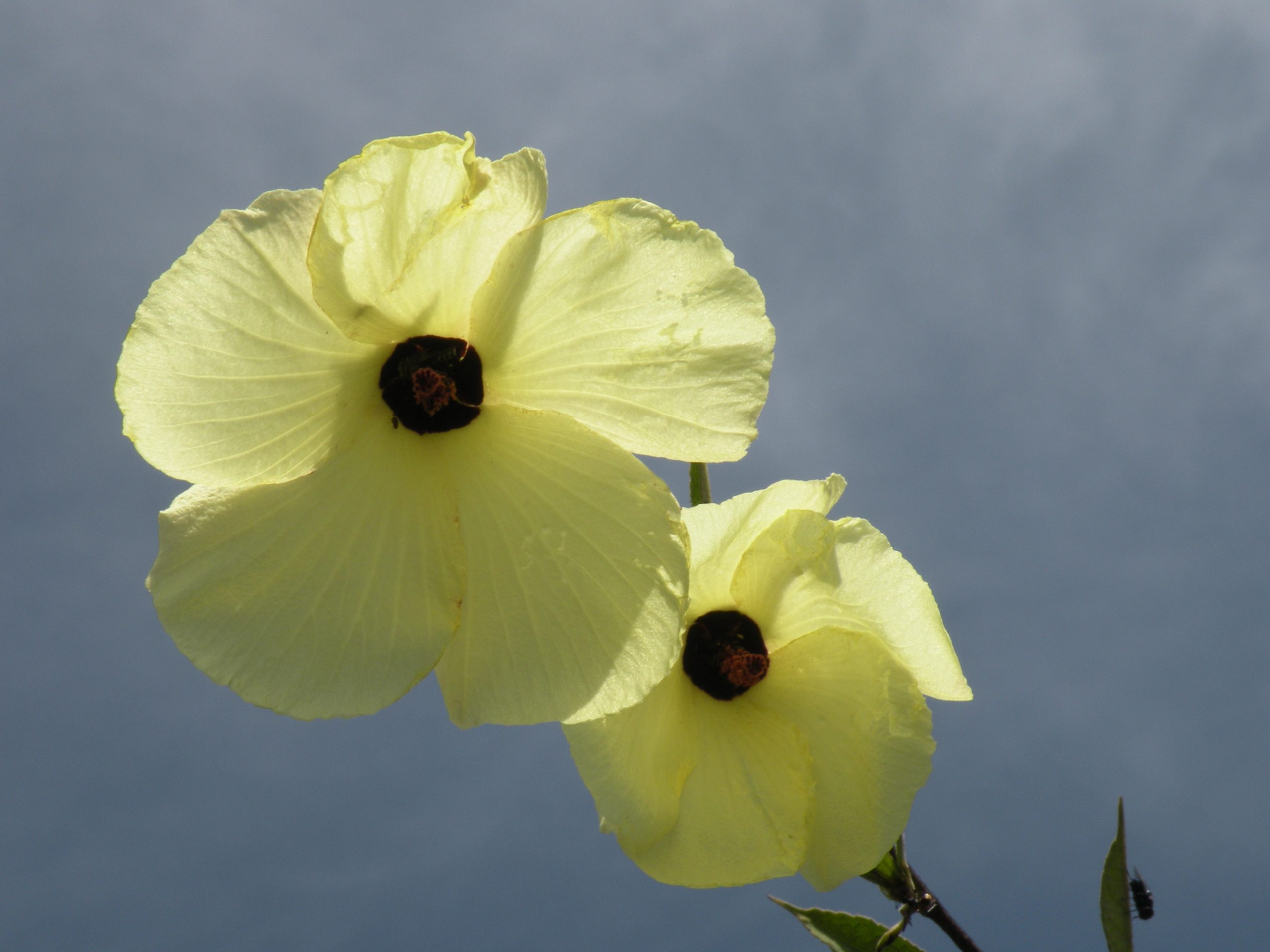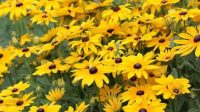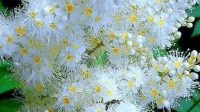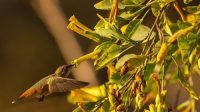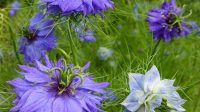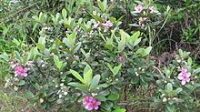Hibiscus vitifolius, commonly known as vine hibiscus, is a low-growing, trailing plant with beautiful flowers and numerous uses found in tropical and subtropical regions around the world. This plant has captured the attention of many due to its delicate blend of natural beauty and its value as both a food and medicinal resource.
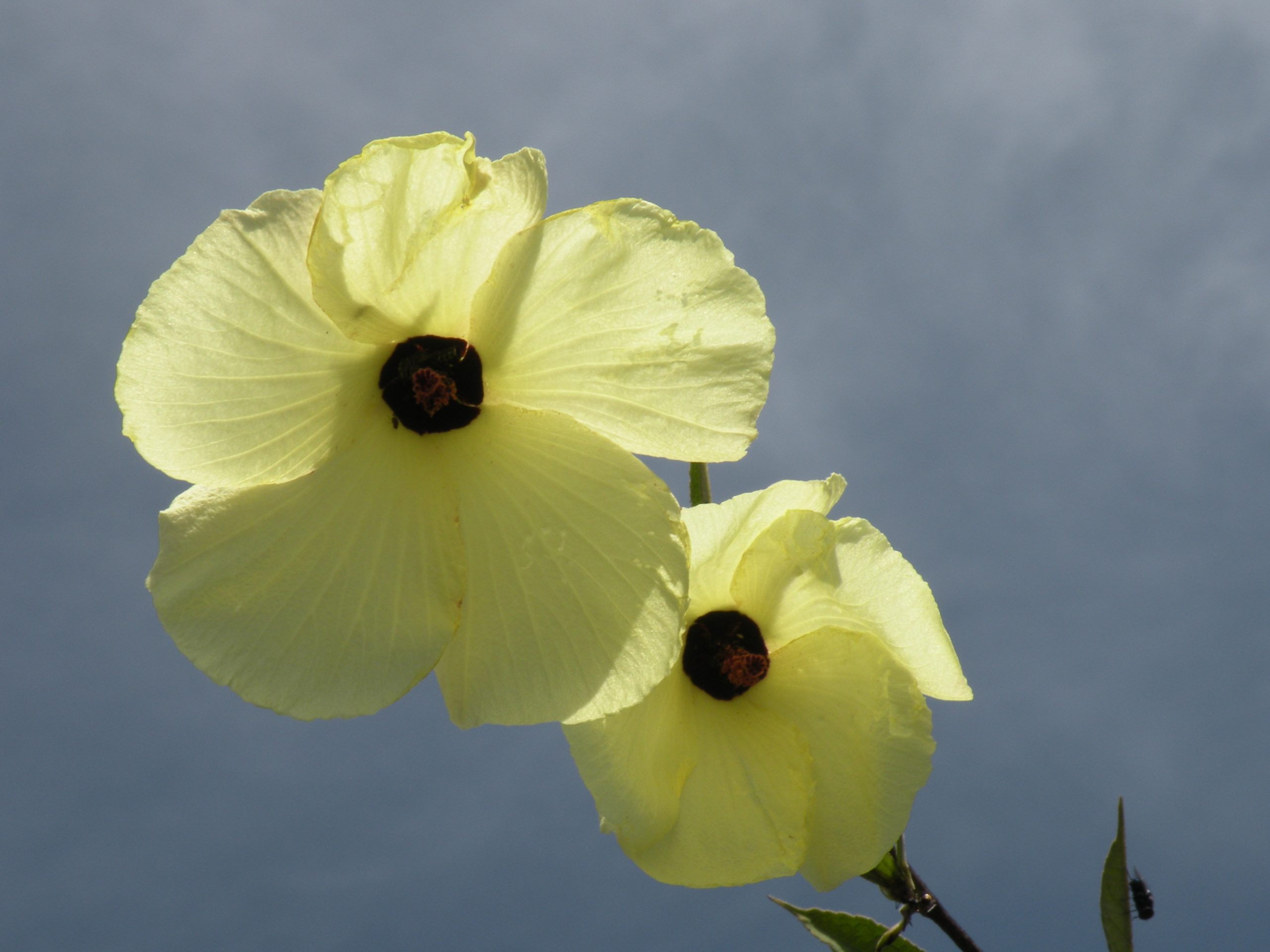
Hibiscus vitifolius has low, creeping stems with leaves that resemble grape leaves, hence the “vitis” in its scientific name. The leaves are bright green and typically shed during the winter months. In spring and summer, the plant bursts into bloom, displaying its captivating beauty.

The flowers of Hibiscus vitifolius typically have a diameter ranging from 5 to 10 centimeters, coming in various colors from pure white to vibrant red. These large, dazzling flowers usually possess four or five petals, creating an alluring and visually appealing appearance. The plant often blooms in the morning and late afternoon, providing a refreshing and fragrant ambiance.

Uses of Hibiscus vitifolius:
1. Culinary: In some regions around the world, the flowers of Hibiscus vitifolius are used to make fruit juices. The juice extracted from the flowers is deep red in color with a unique flavor and is often diluted with water to create a delicious and nutritious beverage. It can also be used as a seasoning and sweetener in various dishes and drinks.

2. Medicinal: Hibiscus vitifolius is also known for its medicinal properties. Its flowers are used in traditional remedies to address various health issues, including high blood pressure, diarrhea, and urinary tract infections.
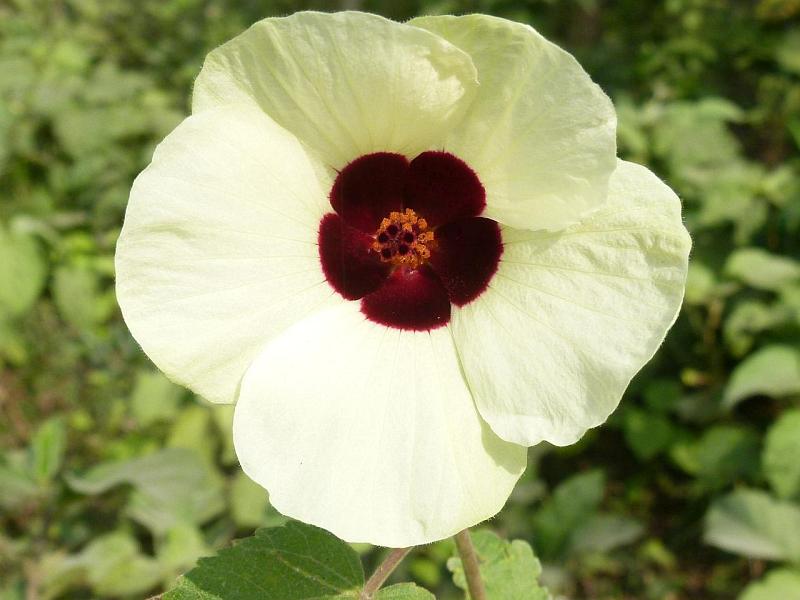
3. Decoration and Beauty: The beauty of Hibiscus vitifolius flowers has been utilized in landscaping and beauty practices across various cultures. These flowers are often used to create eye-catching ornaments and necklaces, serving as focal points in gardens or fashion accessories.
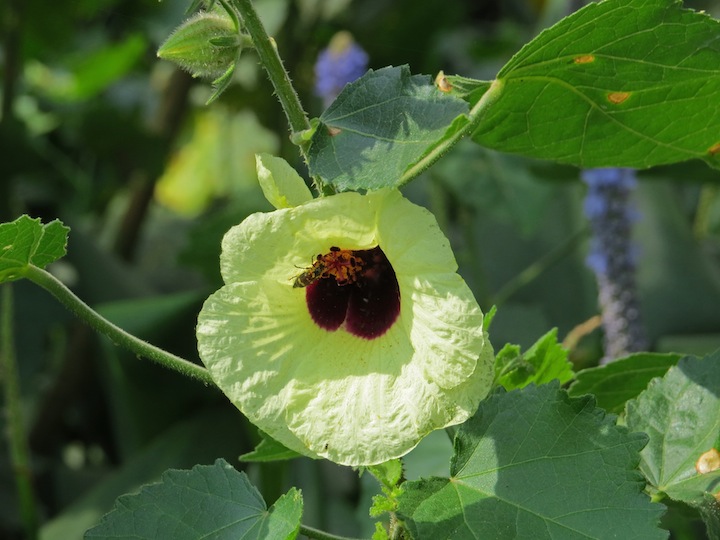
In conclusion, Hibiscus vitifolius is a versatile plant with captivating beauty and unique value as both a food and medicinal resource. Its combination of aesthetic appeal and health benefits has made it an integral part of communities worldwide.

